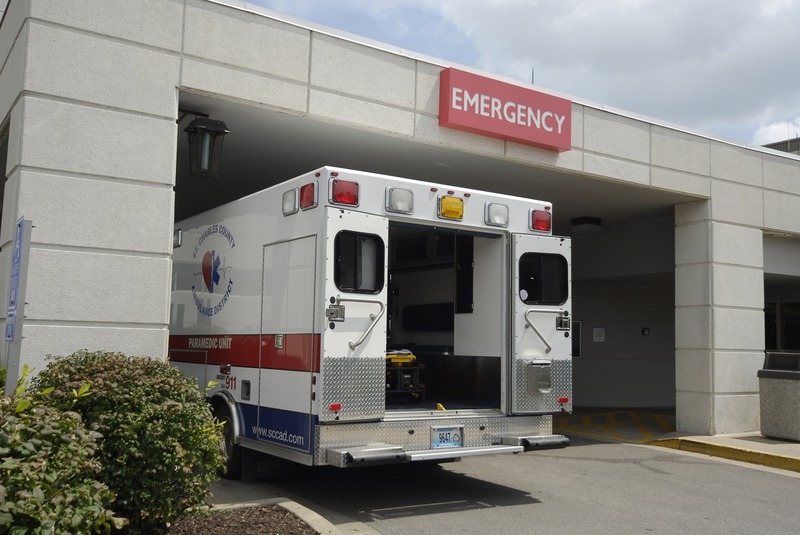Have you ever found yourself in a situation where you or a loved one needed immediate medical attention? If so, you know how crucial it is to understand what services emergency rooms offer. Emergency rooms, commonly known as ERs, are vital healthcare facilities designed to handle a broad spectrum of urgent and life-threatening conditions. In this article, we’ll explore the variety of services that ERs provide, using a conversational tone that makes the information engaging and easy to digest.
Emergency Triage and Assessment
The first step upon entering an emergency room is triage. Triage is a process where patients are assessed based on the severity of their condition. It’s a vital service because it helps healthcare professionals prioritize patients who need immediate attention. During triage, a nurse or healthcare practitioner will ask about your symptoms, take your vital signs, and determine the urgency of your condition.
Why Is Triage Important?
The whole goal of triage is to ensure that the most critical cases receive attention as swiftly as possible. By prioritizing patients based on the severity of their symptoms, ERs can manage multiple emergencies efficiently.
Acute Medical Care
After triage, patients are given appropriate medical care based on their needs. Acute medical care is a service offered by emergency rooms to treat severe and sudden illnesses or injuries. This can include heart attacks, strokes, severe bleeding, or breathing difficulties.
What to Expect During Acute Care
-
Immediate medical treatment for life-threatening conditions
-
Stabilization of symptoms to prevent further deterioration
-
Access to specialized equipment and medical expertise
Diagnostic Services
Finding out what’s wrong quickly is crucial in emergencies, so ERs are equipped with a variety of diagnostic tools. These can include:
-
Laboratory Tests: Blood tests, urine tests, and other lab work help identify infections and other medical conditions.
-
Imaging Services: X-rays, CT scans, and ultrasounds provide detailed images that assist in diagnosing internal injuries and conditions.
-
Electrocardiograms (EKGs): These tests monitor heart activity and help diagnose heart-related issues.
Surgical Services
In some cases, emergency rooms have on-call surgical teams ready to perform urgent surgeries. Surgeons are available to handle appendectomies, orthopedic repairs, or trauma surgery if required.
Surgery in the ER
When surgery is necessary, ERs are equipped with operating rooms to carry out procedures on-site, ensuring that patients receive the quickest possible care without needing to be transferred to another facility.
Pain Management
Managing pain is a critical service that ERs provide. When someone is in extreme pain, effective pain management can make a world of difference. ERs offer:
-
Medications such as analgesics, anti-inflammatories, and opioids
-
Physical interventions like immobilization of injuries
Emergency Psychiatric Care
Not all emergencies are physical. Many ERs are equipped to provide psychiatric evaluations and interventions for those experiencing mental health crises. This can involve:
-
Assessment by a mental health professional
-
Providing a safe environment for those who may be a danger to themselves or others
-
Medication management to stabilize symptoms
Pediatric Care in Emergency Situations
Children are not just small adults; they require specialized care. ERs generally have staff trained in pediatric emergency care, offering services that cater to younger patients.
Specialized Pediatric Services
Emergency rooms often include child-friendly environments, equipment scaled to children’s sizes, and healthcare providers specifically qualified to treat pediatric patients.
Emergency Room Availability
Emergency rooms operate 24/7 and must always be ready to function effectively. When discussing options, terms such as emergency room Saratoga Corpus Christi TX come up as examples of facilities available around the clock. This ensures that professional medical attention can be accessed without delay, no matter the time or day.
Transferring to Inpatient Care
If further care is needed after initial stabilization, the ER can facilitate a smooth transition to inpatient services. Whether it’s transferring the patient to an intensive care unit or a general hospital ward, ERs have systems in place for seamless hospital admissions.
Common Misconceptions About ER Services
Many people find understanding ER costs challenging, with misconceptions that they can only treat major trauma. While ERs are equipped for severe emergencies, they also address a variety of non-life-threatening issues like fractures, asthma attacks, and severe migraines. The comprehensive nature of ER services can sometimes complicate cost expectations, as many factors influence billing.
The Role of Technology in Emergency Rooms
Modern ERs utilize technological advancements to enhance patient care. From electronic health records that facilitate swift information sharing to AI tools assisting with diagnostic accuracy, technology plays a transformative role.
Educating Yourself on Emergencies
Being prepared can make a stressful situation more manageable. Awareness of emergency room services in Corpus Christi or any location is imperative for ensuring you know where to go when an emergency arises. Knowing what services are offered allows for calmer decisions during turbulent times.
Final Thoughts
Emergency rooms are cornerstone institutions in any healthcare system. They provide vital services ranging from acute medical care to emergency psychiatric services. Understanding the breadth of what these facilities offer can aid in deciding when and how to seek urgent care. While emergencies are often unpredictable, having knowledge about ER services can create a sense of preparedness and confidence in receiving the necessary care when it matters most.



